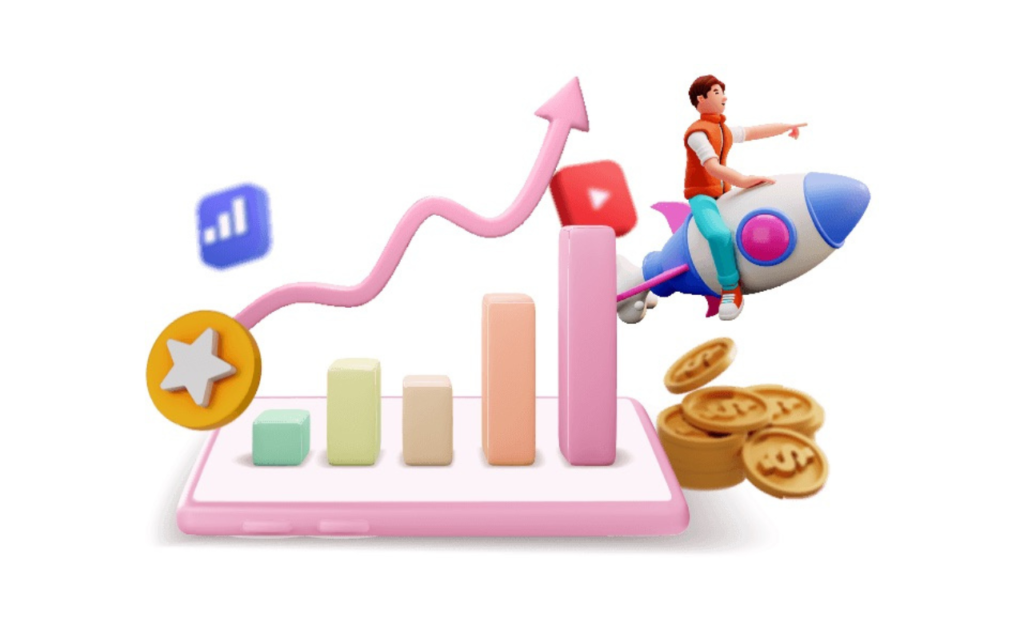Loyalty programs are a powerful tool for increasing user engagement and retention in mobile apps. These programs reward users for their continued use and engagement with the app, providing incentives for them to return and use the app again and again. However, designing and implementing an effective loyalty program can be challenging, and it’s crucial for businesses to have a well-structured and sequenced loyalty program marketing strategy in place.
In this article, we will explore the structure and sequence of the most common to the most unique loyalty program marketing strategies. We will take into consideration budget, time, and learning capabilities to help businesses of all sizes and stages develop and implement effective loyalty program marketing strategies that drive user engagement and retention.
Common Loyalty Program Marketing Strategies
- Points-Based Programs
Points-based programs are the most common type of loyalty program. These programs reward users for specific actions within the app, such as making a purchase or completing a task. Points can then be redeemed for rewards such as discounts, merchandise, or special access to app features. Points-based programs are a relatively low-cost and simple strategy to implement, making them a great option for businesses of all sizes and stages.
- Tier-Based Programs
Tier-based programs are a more advanced type of loyalty program. These programs reward users for reaching specific milestones or achieving certain levels of engagement with the app. Users are placed into different tiers based on their activity, and each tier offers increasingly valuable rewards. Tier-based programs are a more complex strategy to implement, but they can be highly effective for driving user engagement and retention.
- Gamified Programs
Gamified programs are a unique type of loyalty program that incorporates game elements into the rewards structure. These programs reward users for completing challenges and achieving milestones, providing a sense of accomplishment and motivation to continue using the app. Gamified programs are a more complex strategy to implement, but they can be highly effective for driving user engagement and retention.
Unique Loyalty Program Marketing Strategies
- Social Loyalty Programs
Social loyalty programs are used to reward users for engaging with the app’s social features. These programs reward users for sharing the app with friends, leaving reviews, and other social activities. Social loyalty programs are a more complex strategy to implement, but they can be highly effective for driving user engagement and retention.
- Virtual Currency Programs
Virtual currency programs are used to reward users with virtual currency that can be used to purchase in-app items or access special features. These programs reward users for completing specific actions or achieving certain milestones. Virtual currency programs are a more complex strategy to implement, but they can be highly effective for driving user engagement and retention.
- Augmented Reality Programs
Augmented reality programs are used to reward users with augmented reality experiences or access to special features within the app. These programs reward users for completing specific actions or achieving certain milestones. Augmented reality programs are a more complex strategy to implement, but they can be highly effective for driving user engagement and retention.
Conclusion
Loyalty programs are a powerful tool for increasing user engagement and retention in mobile apps. However, designing and implementing an effective loyalty program can be challenging. Common strategies such as points-based, tier-based, and gamified programs are relatively low-cost and simple to implement, while unique strategies such as social, virtual currency, and augmented reality programs require a significant investment of time and resources. Businesses of all sizes and stages should take into consideration budget, time, and learning capabilities when developing and implementing a loyalty program marketing strategy.
